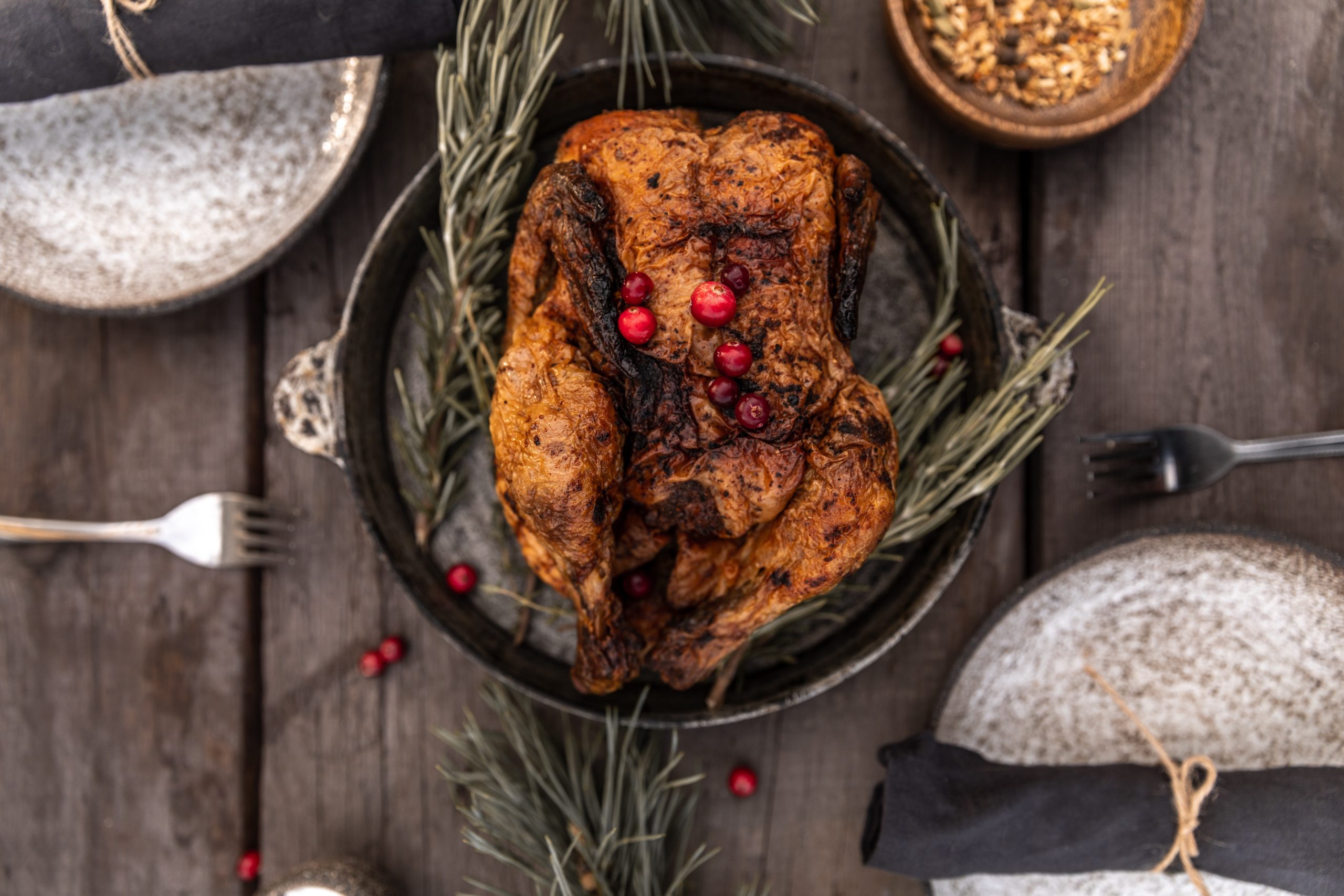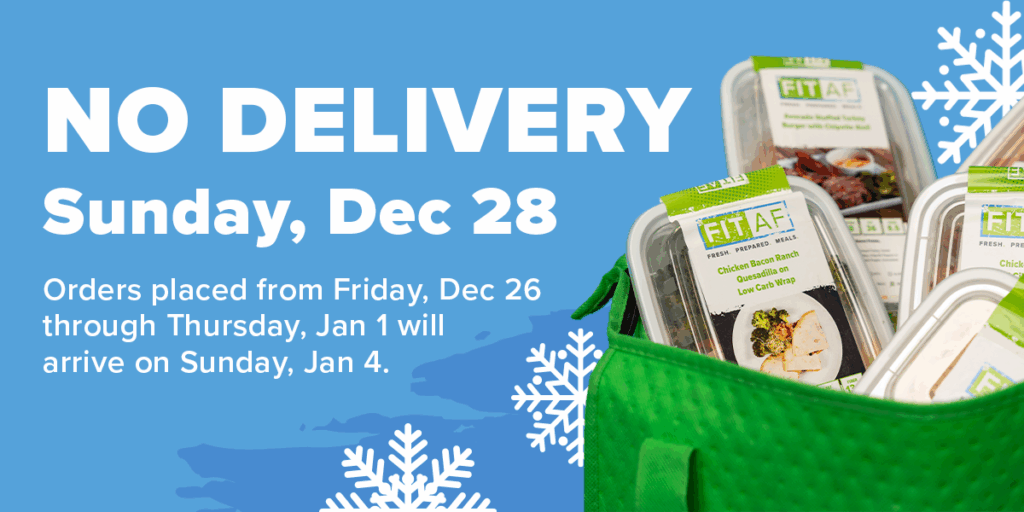No products in the cart. Go to menu

Stay Lean During The Holidays: 3 Tactics to Employ Before Any Big Feast
Stress Less & Avoid Holiday Related Weight Gain
Yep, it’s holiday season… which for some means they’ll be faced with the anxiety of being surrounded by foods that they avoided like the plague all year…
This can be a very stressful time to individuals who have been dieting or who simply like to eat well and maintain their weight.
The following are what I have found to be the most simple yet effective tactics to allow you to enjoy a tasty meal with your friends and family without going overboard.
1. Exercise First Thing in the Morning
Of course exercise will increase energy expenditure (calorie burn) but this is not the main reason why we exercise first thing in the morning.
The amount of energy utilized in exercise generally ranges from 100-500 calories depending on the type and duration.
Burning 500 calories during exercise means running for 50 minutes at a moderate pace for a 150 lb person.
Consuming 500 calories equates to eating 2 cannoli’s, or 3 chocolate chip cookies, or 1.5 slices of pumpkin pie…
Basically, we don’t want to punish ourselves with exercise as it’s not going to get us anywhere. Rather we can utilize exercise for its other benefits which can indirectly help us during our feast.
First, a solid bout of moderate to high intensity exercise first thing in the morning will increase our cognitive restraint for the day. Cognitive restraint, similar to willpower, is the foundational element required to diet and prevent us from following all of our various human impulses to eat.
The reason we get anxious about being around delicious food while dieting is often that we’re unconfident in our ability to maintain cognitive restraint. A.K.A. we’re worried we’re going to give into the temptations!
Moreover, exercise seems to act as a regulatory mechanism on our hunger. The more active we are the more “tuned” we are to the consumption and satiety signals that are received in the brain from various hormones.
What this basically means is that it actually becomes more difficult to over consume as a result of maintaining a level of physical activity. Compared to someone who doesn’t exercise and doesn’t have the fine tuning of satiety signals it is much easier for them to over eat way past the point of being full, taking in an excessive amount of calories.
What type of training works best?
- Weight Lifting: Full body workout, 10-20 reps / set. You’ll burn more muscle glucose and energy overall, which forces the body to store carbs as glycogen in your pecs, filling out your holiday T-shirt.
- Endurance: Run for 20-50 minutes, breathing in through the nose if possible. Running does cause the most energy expenditure yes, and also seems to have the highest effect on cognitive restraint
2. Eat One “High Volume” Meal Before The Big Feast
What is a High Volume meal? Basically, a meal consisting of foods that take up a lot of space (volume) without packing a ton of calories. We can also call these low energy dense foods.
Broccoli is a very low energy dense food. There are about 35 calories in 100 grams of fresh broccoli.
Nuts are an example of a high energy dense food. 100g of walnuts has about 654 calories!
The goal here is to maximize satiety in the short and long term while bringing in a minimal amount of calories. If we get to the big feast STARVING, this is going to make it much more difficult to stick to any plan we may have going into it.
By eating a high volume meal, we are bringing up our satiety levels going into the big meal without consuming all that many calories.
What are some good food choices?
- Lean Protein Sources; Chicken Breast & Thigh, Lean Beef, Pork Loin, Most Fish
- Non Starchy Vegetables; Broccoli, Kale, Zucchini, Purple Cabbage
- Starchy Vegetables; Butternut squash, Sweet Potato, Beets, Carrots
- Greek Yogurt
- Fruits, especially berries
- Sauerkraut, Kimchi
Some examples of meals are:
- 2% Greek Yogurt with Blueberries
- Chicken Breast with Roasted Butternut Squash and Kale
- A Salad with Tuna
- Turkey Taco Bowl with Cauliflower Rice
Aim for a meal that’s high in fiber and protein as well as volume. All of these components will act to keep you satiated and help prevent over consumption during the big meal
3. Have a Plan
The guilt that comes with eating a food we deem as “bad” can often have the opposite effect we want, causing us to continue to eat past the point of being full.
Guilt comes about as if it’s the brain saying, “Don’t ever eat that again.” Your brain thinks it’s doing you a favor…
What often happens is that the initial guilt propels us to eat more in an effort for us to avoid the negative feeling of guilt.
This is a huge part of why I like viewing food on a continuum. There are NO “bad” foods. There are simply:
- Foods we want to eat more of, because they will help us achieve our goals more effectively
- Foods we want to eat less of because they simply aren’t as effective in helping us achieve our goal
That’s it.
Now until we fully digest that frame, it’s important to go into any situation with some sort of plan to prevent guilt.
Guilt comes about when we feel like we acted out of impulse or emotion.
It all comes down to being realistic with yourself. If not eating any dessert is unrealistic, then don’t let that be your plan!
It’s FAR better to say, “I’m going to allow myself two desserts,” and stick to it, rather than telling yourself you can’t eat any and then giving into the temptation and feeling bad afterward.
So, try to have a good idea of what types of food you will be eating. Then you can create an outline. The key is to make is feasible for you. You want to stick to it as much as possible.
An example may be that you will have one appetizer, take only one plate of food for the main meal, and allow yourself one dessert.
Again the point of this is to simply avoid any reason for feeling guilty. Enjoying a couple desserts is NOT the end of the world and will NOT ruin your diet.
Remember this: Even if you don’t follow any of this and you go HAM in the mf’in paint…
You’ll be okay!!you won’t be as hungry the next day. So just eat a bit less the following day to bring your weekly energy intake down. It’s that simple.
